Eco-Friendly Cleaning Products for a Healthier, Safer Home
Maintaining a clean and safe home environment has never been more important. By switching to eco-friendly cleaning products, you not only protect your family from harsh chemicals but also contribute to a healthier planet. From versatile natural cleaners to targeted solutions for tough stains, eco-friendly products combine safety, efficiency, and sustainability. This guide explores how to choose, use, and benefit from these green alternatives.
Why Choose Eco-Friendly Cleaning Products?
Switching to eco-friendly products isn’t just a trend it’s a lifestyle upgrade. Traditional cleaning products often contain harsh chemicals like ammonia, bleach, and phthalates, which can irritate your skin, harm indoor air quality, and pollute waterways. Eco-friendly cleaners, on the other hand, are made from biodegradable and non-toxic ingredients.
Key Benefits:
-
Healthier Home: Reduce allergens and toxic exposure for your family.
-
Environmental Protection: Biodegradable formulas ensure minimal harm to nature.
-
Cost-Effectiveness: Concentrated formulas last longer, saving money over time.
What Makes a Cleaning Product Eco-Friendly?
Understanding the label is crucial. Eco-friendly cleaning products often boast certifications and ingredients that align with sustainability goals.
Key Features to Look For:
-
Biodegradable Ingredients: Products that break down naturally in the environment.
-
Non-Toxic Formulas: Free from harmful chemicals like chlorine and sulfates.
-
Eco-Certifications: Look for third-party verifications such as Green Seal, EPA Safer Choice, or Ecocert.
-
Minimal Packaging: Recyclable or reusable packaging is a major plus.
For more detailed standards on sustainable products, visit EPA.gov.
Top Eco-Friendly Cleaning Products for Every Room
Finding the best products can feel overwhelming. Here's a breakdown by room to simplify your selection:
Kitchen
-
Vinegar-Based Cleaners: Perfect for cutting grease and sanitizing surfaces.
-
Eco Dishwashing Liquids: Brands like Seventh Generation use plant-based surfactants.
-
Reusable Cloths: Replace paper towels with washable microfiber cloths.
Bathroom
-
Bamboo Scrub Brushes: A durable, biodegradable option for scrubbing tiles.
-
Natural Toilet Cleaners: Products with essential oils for a fresh, non-toxic shine.
Living Areas
-
Plant-Based Floor Cleaners: Gentle yet effective on hardwood and tile.
-
Air Fresheners: Opt for sprays made from essential oils rather than synthetic fragrances.
DIY Eco-Friendly Cleaning Recipes
Homemade solutions can save money and ensure complete control over ingredients. Here are some simple recipes:
All-Purpose Cleaner:
-
Ingredients: 1 cup white vinegar, 1 cup water, 10 drops of tea tree oil.
-
Instructions: Mix and pour into a spray bottle. Use for counters, mirrors, and more.
Glass Cleaner:
-
Ingredients: 1 cup rubbing alcohol, 1 cup water, 1 tablespoon cornstarch.
-
Instructions: Shake well before use for streak-free windows.
Floor Cleaner:
-
Ingredients: ½ cup vinegar, 2 gallons of warm water.
-
Instructions: Mop as usual for shiny floors.
Tips for Paying Your Eco-Friendly Cleaning Bill on Call
For busy households, many eco-friendly product providers offer convenient payment systems via phone. Here's how to make this process seamless:
-
Have Details Ready: Keep the product SKU or invoice handy.
-
Call During Business Hours: Avoid delays by reaching customer service at the right time.
-
Request Confirmation: Always ask for a receipt or confirmation number for record-keeping.
Avoiding Greenwashing: How to Identify Truly Eco-Friendly Brands
Some brands exaggerate eco claims to attract buyers. Here’s how to spot authentic products:
-
Read Ingredient Lists: Be wary of vague terms like “natural.”
-
Check Certifications: Genuine labels include USDA Organic or EU Ecolabel.
-
Research Reviews: Reliable feedback from users can provide real insights.
How to Transition to an Eco-Friendly Cleaning Routine
Switching doesn’t have to happen overnight. Start small by replacing one or two products at a time. Gradually expand to cover all areas of your home.
Tips for Success:
-
Use Up Old Products: Avoid waste by finishing what you already have.
-
Introduce Reusables: Replace single-use items with reusable alternatives.
-
Set a Budget: Allocate funds for eco-friendly purchases to avoid overspending.
Frequently Asked Questions (FAQs)
1. Are eco-friendly cleaning products as effective as traditional ones?
Yes, many are equally effective, especially for everyday cleaning. Products like castile soap and baking soda are powerful yet safe alternatives.
2. Are DIY cleaners safe for all surfaces?
Always test on a small, inconspicuous area first. Vinegar-based solutions, for example, may damage granite or marble.
3. Where can I buy eco-friendly cleaning products?
Look for them in supermarkets, specialty eco-stores, or online marketplaces like Amazon.
4. Are eco-friendly products more expensive?
Initially, yes, but concentrated formulas often last longer, making them cost-effective in the long run.
5. How do I dispose of old cleaning products?
Check local regulations or visit your community recycling center to dispose of chemicals safely.
6. Can I use eco-friendly products in my washing machine?
Absolutely. Many brands offer green detergents compatible with modern washers.
Conclusion
Adopting eco-friendly cleaning products for your home is a smart, sustainable choice that benefits both your family and the environment. With options ranging from ready-made solutions to DIY recipes, it’s easier than ever to make the switch. Pay your bills seamlessly, avoid greenwashing, and enjoy a cleaner, greener home.









_2_(1).webp)












.webp)































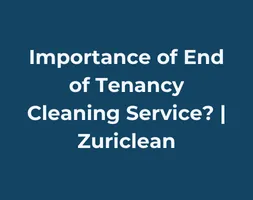
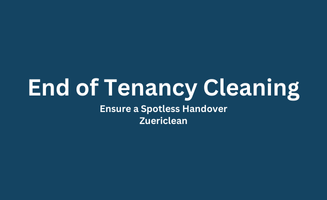











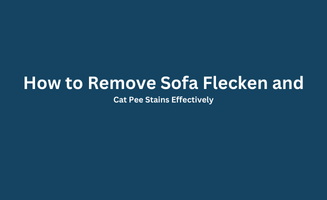

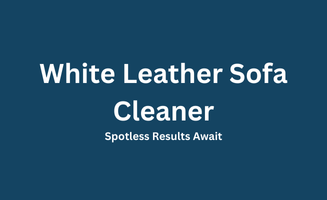
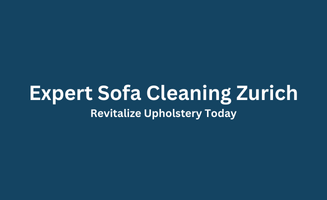

















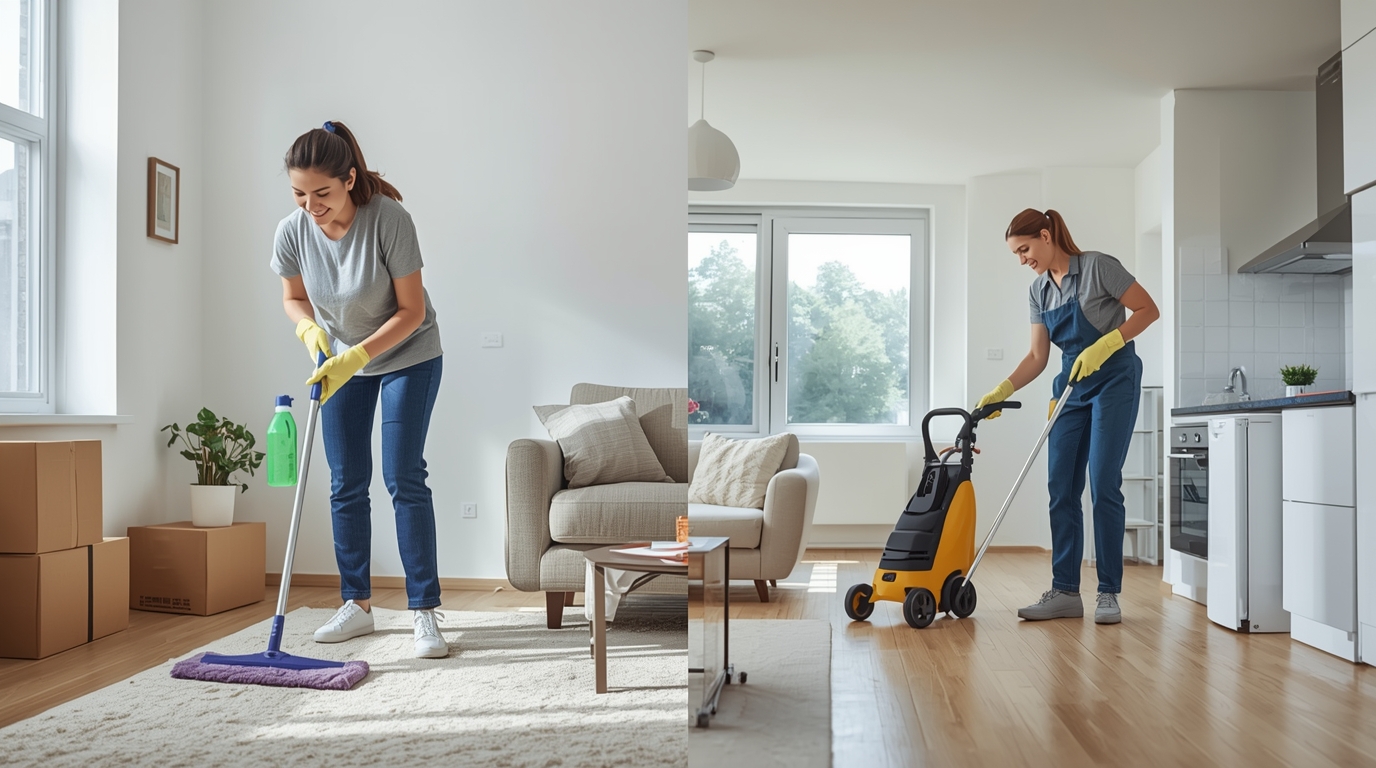


































































































_11zon.webp)





.webp)



_11zon.webp)



.webp)












